29 mar, 2023
5 routes to get you started on the Way of St James in Navarre
If you've ever thought about doing the Way, you've probably thought about the French route. But did you know it’s not the only route through Navarre to Santiago de Compostela? Here are 5 starting points for you to get going with this great experience.
BlogYou may be moved by spirituality, adventure, fulfilling a promise, switching off, discovering both yourself and the world, seeing the art and landscapes of an ancient route... You may want to do it on foot, by bicycle, by car or on horseback. Different people have different motives, not everyone has the same amount of time available to them or the same possibilities, and everyone plans to do the Way in different company. Whatever the combination, it’s certain to be a wonderful experience.
Here are 5 routes to get you started on the Way of St James in Navarre. They are each different and ideal depending on what it is that urges you to do the Way in the first place. So we invite you to find out about each of the routes and choose the one that most appeals to you for your adventure.
The French route, history and legend
This route through Navarre is like doing a scaled-down version of the full Way of St James. You set off in the midst of the green mountains of the Pyrenees, then you pass through a capital city, Pamplona, and the route finally takes you over the gentle slopes of the Central Zone to discover places like Puente la Reina, Estella-Lizarra and Viana. Art, landscapes, gastronomy, culture and different people help turn this experience into a perfect taste of the Way proper. An experience that will help you decide whether to further pursue the Way to Rioja, Burgos and, ultimately, Santiago de Compostela.
The route begins in Luzaide/Valcarlos. This small village on the northern face of the Pyrenees is associated with the battle of Roncesvalles, when Vascones ambushed and defeated Charlemagne's army in 778. Their victory was described in the Song of Roland (Chanson de Roland) and gave rise to a new name for the village: the Valley of Carlos.
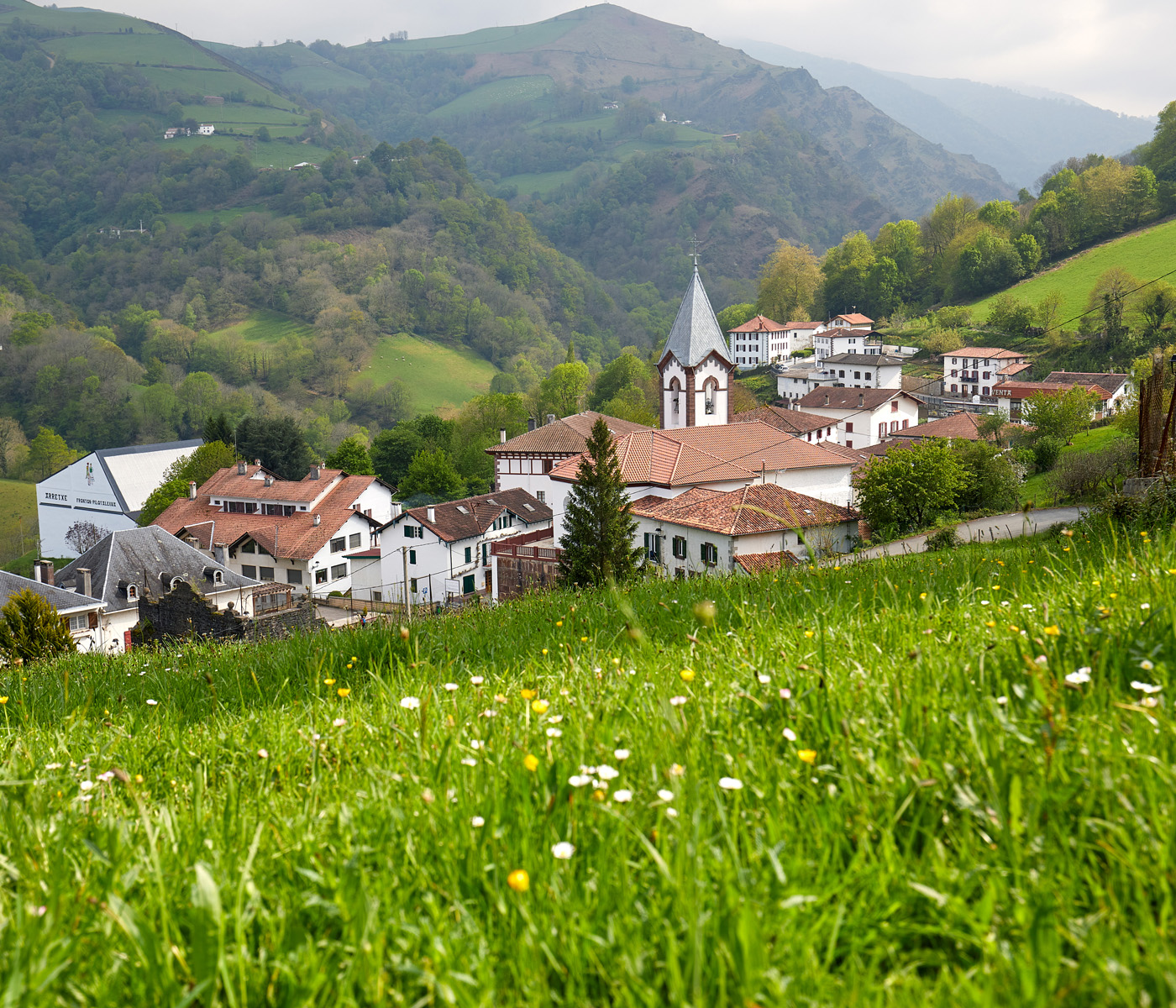
You then arrive in the legendary Orreaga/Roncesvalles, whose monumental magnificence is quite stunning, the Collegiate Church, home to the mausoleum of King Sancho VII of Navarre, known as Sancho the Strong, never failing to impress. For many, this is the first stage of their journey to Santiago. A ‘Pilgrim's mass’ is held in the beautiful Gothic church of Santa María every day of the year and ends with those on pilgrimage receiving a blessing. In this beautiful ritual, which Paulo Coelho describes in one of his books, an eleventh-century text is recited to bless and bestow the title of ‘pilgrims’ on all those beginning their journey.
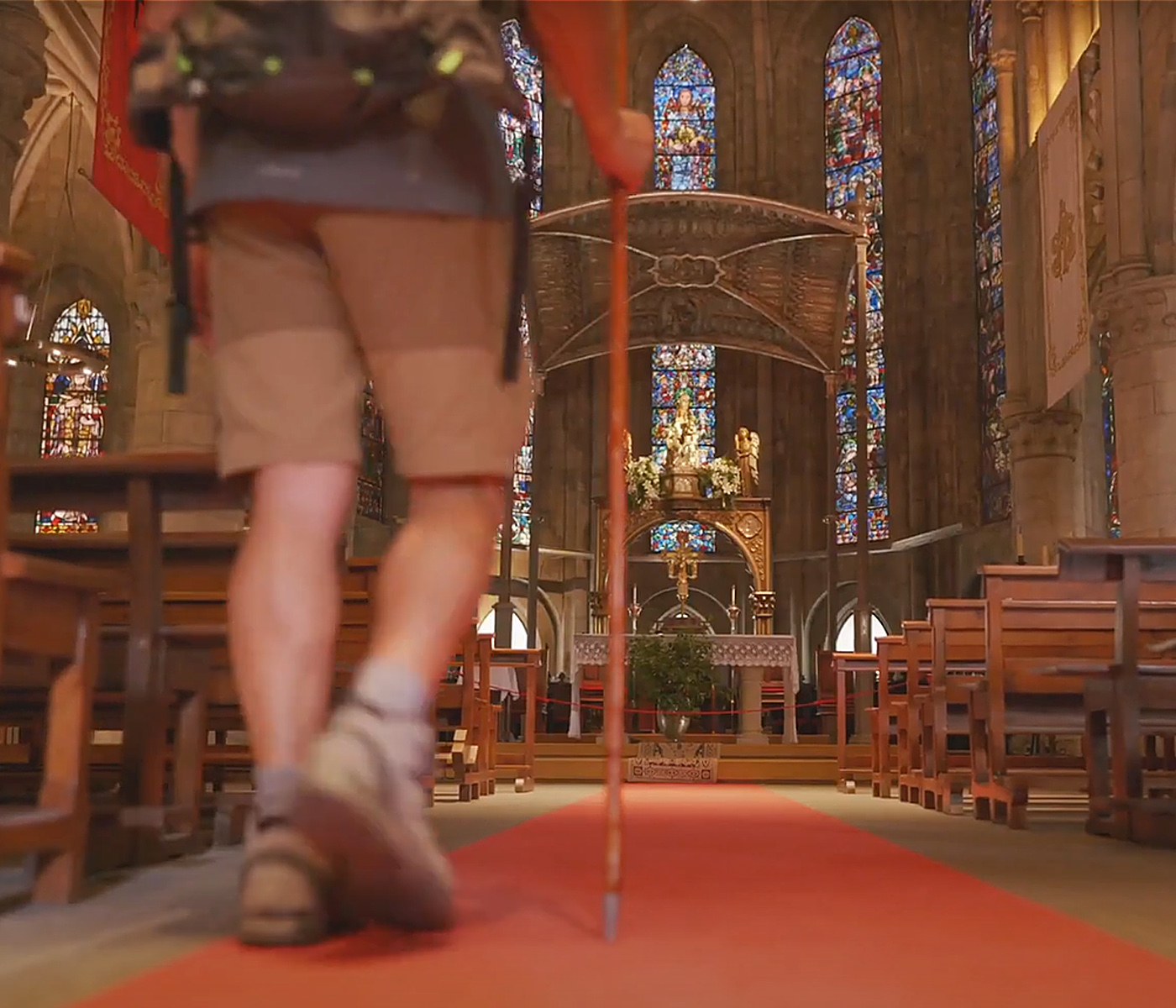
From there, the route heads towards Zubiri through spectacular landscapes with woodland shrouded in legend, such as Sorginaritzaga, ‘the witches’ oak grove’ (before reaching Auritz/Burguete). And then you arrive in Pamplona. You enter the heart of the city through the Gate of France, opened in the defensive wall. Discover the Cathedral of Santa María la Real, charming cobbled streets and delicious pintxos (bar snacks). And from there on, the landscape gradually starts to change. Finally, you arrive in Puente la Reina, where the route joins the Aragonese branch.
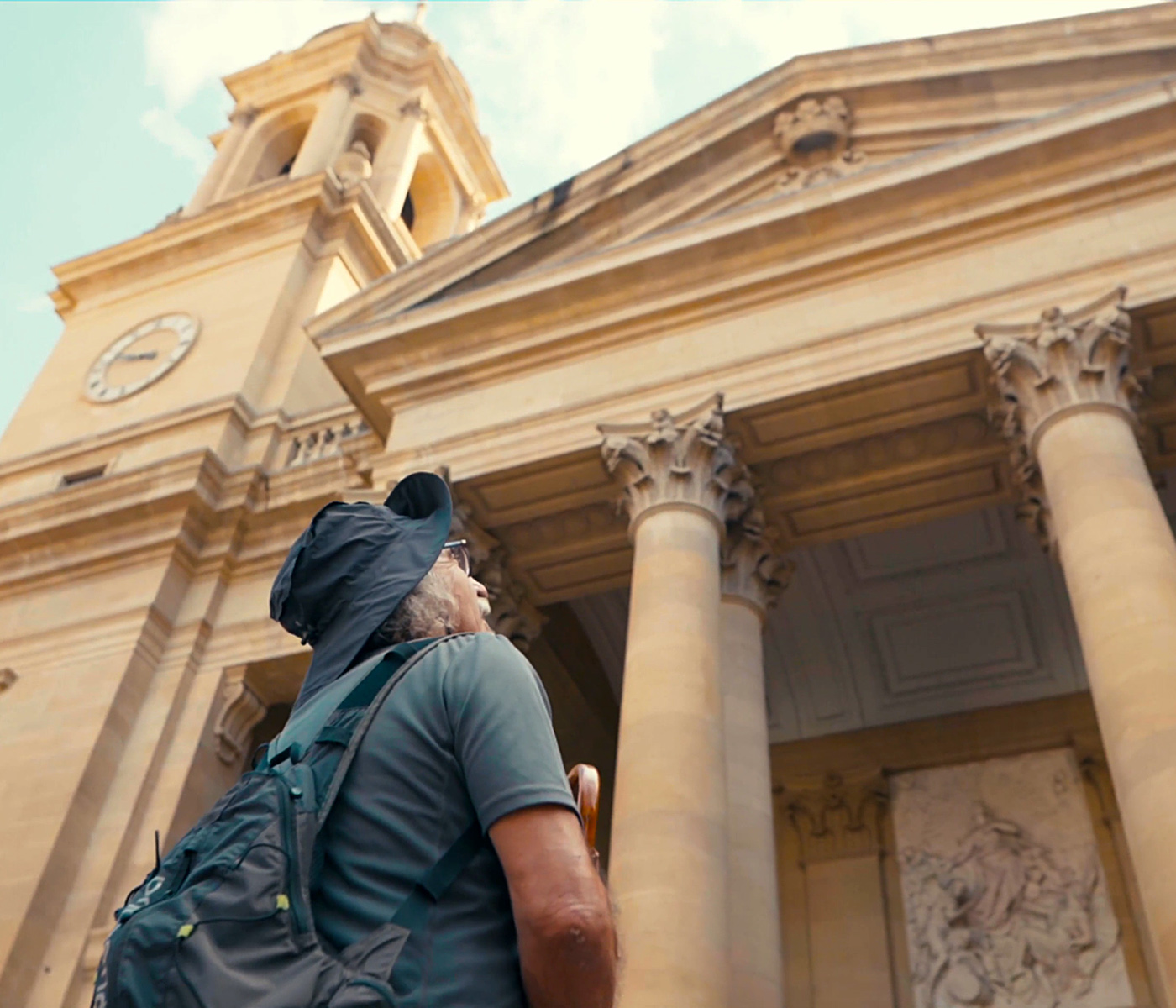
The Aragonese branch of the French route, ideal for (dis)connecting
This route comes from the Via Tolosana, which started in Arles (France) and reached the Iberian Peninsula via Somport. It passes through cropland and vineyards. Some of Navarre’s Romanesque gems line the way, such as the amazing doorway of Santa María of Sangüesa or the enigmatic octagonal chapel of Santa María of Eunate, which is surrounded by an arcade with 33 arches. Just a few kilometres away from this unique temple lies Puente la Reina, where the two roads join and you can rest on the banks of the Arga river while contemplating the town’s magnificent Romanesque bridge.
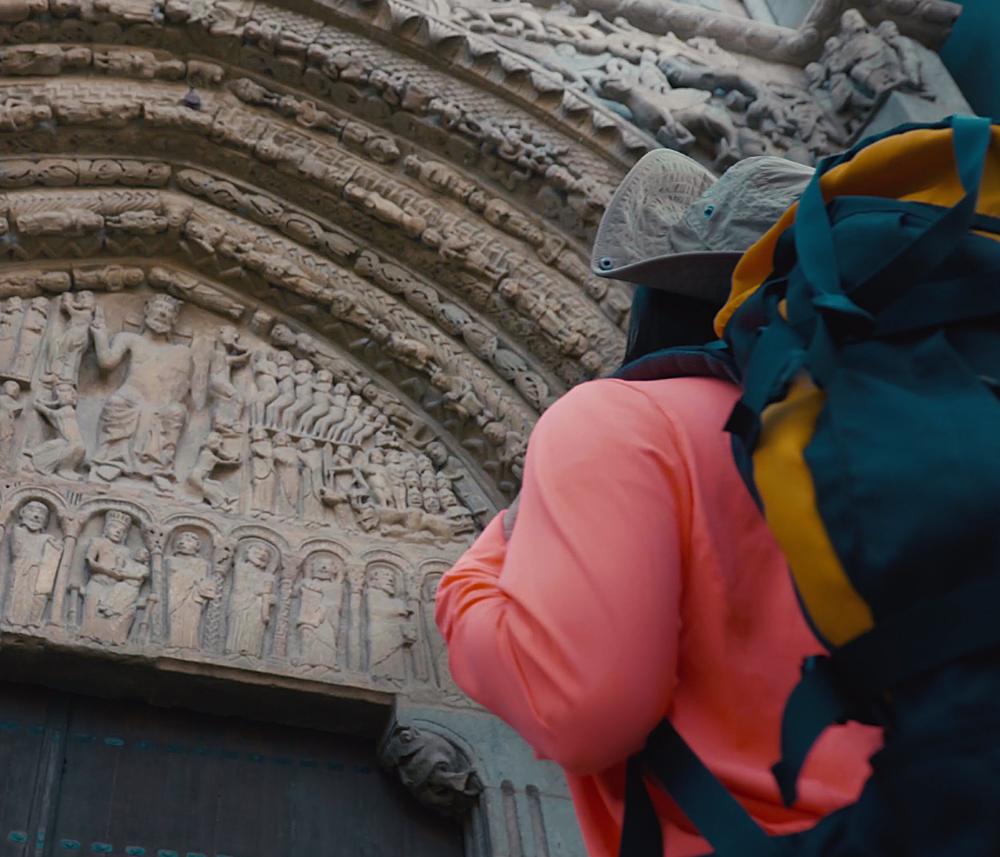
From there, the adventure continues as you head towards Cirauqui, a small mediaeval village which grew thanks to the Way and delights all those who pay it a visit. Some of the attractions it guards include: impressive views of the Sierra de Lokiz, the remains of the ancient wall that used to surround the settlement, a Roman bridge, Roman road and church-fortress.
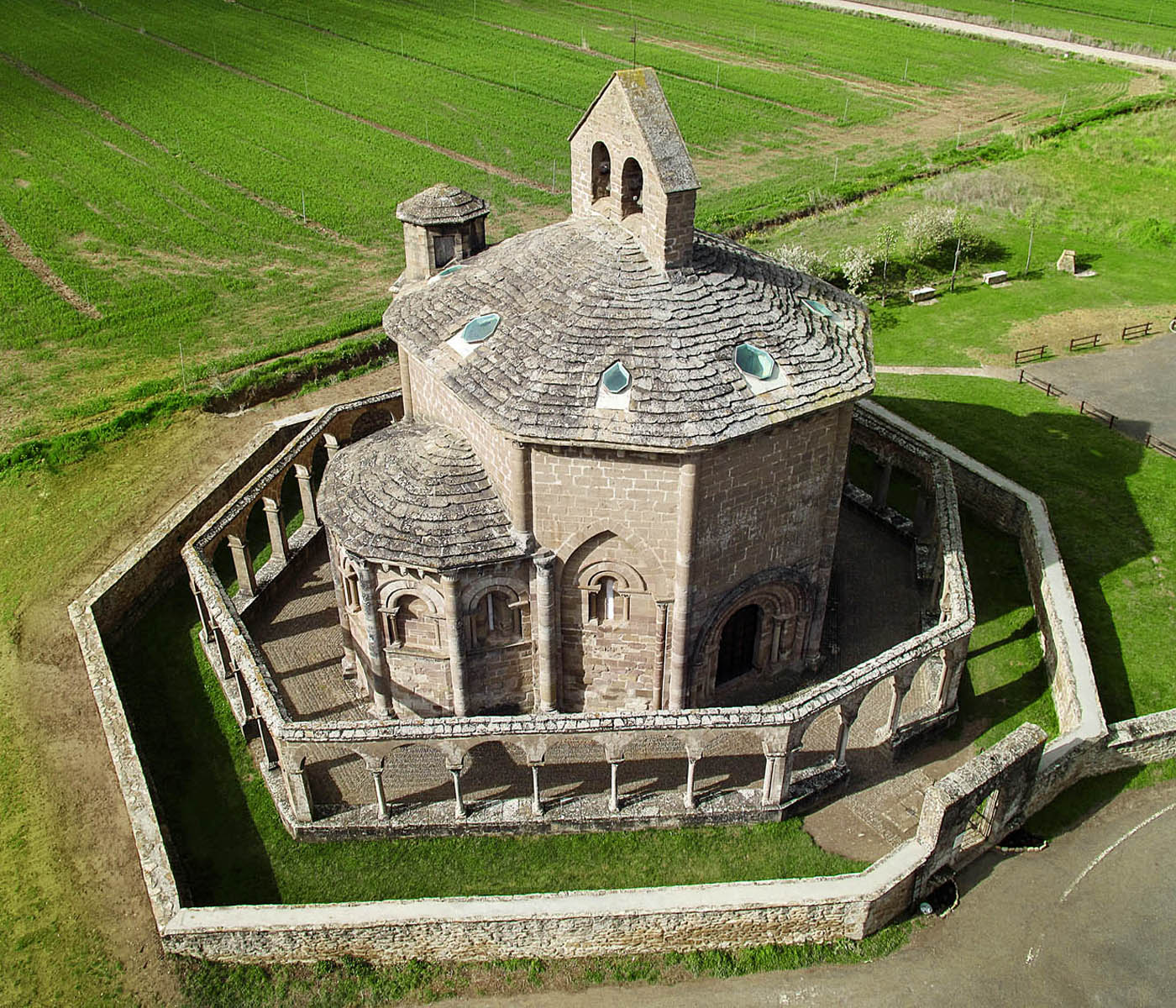
The route then continues on to Estella-Lizarra, ‘the mediaeval star’ on the route, a city where you can feel the Way of St James at every turn. That’s because this city chiefly grew as a consequence of the commercial bustle that the route left in its wake and craftsmen, inns and civil and religious monuments soon filled the San Pedro district, where the pilgrims first entered the town. When you arrive there, you’re bound to find a thousand excuses to stay on a bit longer to take in its gastronomy, culture and history in your own sweet time.
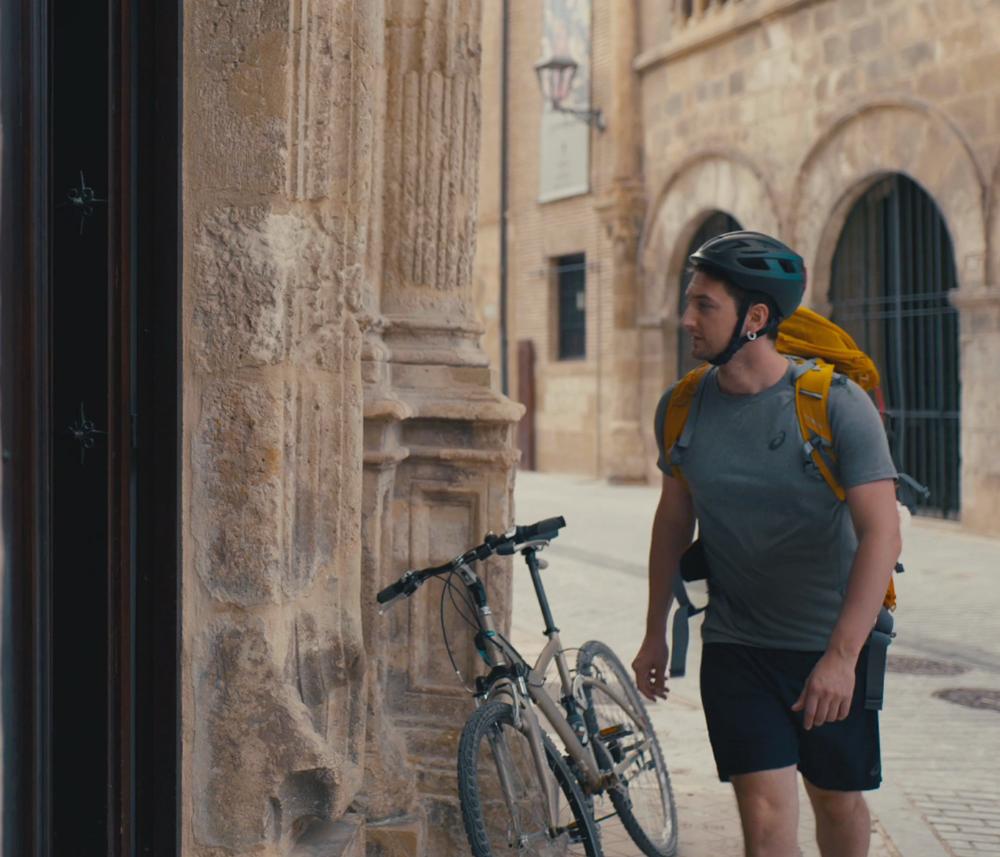
The route carries on to Viana, the last locality on the French route in Navarre. Located on the border between the kingdoms of Navarre and Castile, Viana was founded by Sancho the Strong to defend his land. You can still see the remains of the wall that protected it and it’s well worth visiting the imposing church-fortress of Santa María de la Asunción, whose doorway is considered the most important stone work of the Navarrese Renaissance.
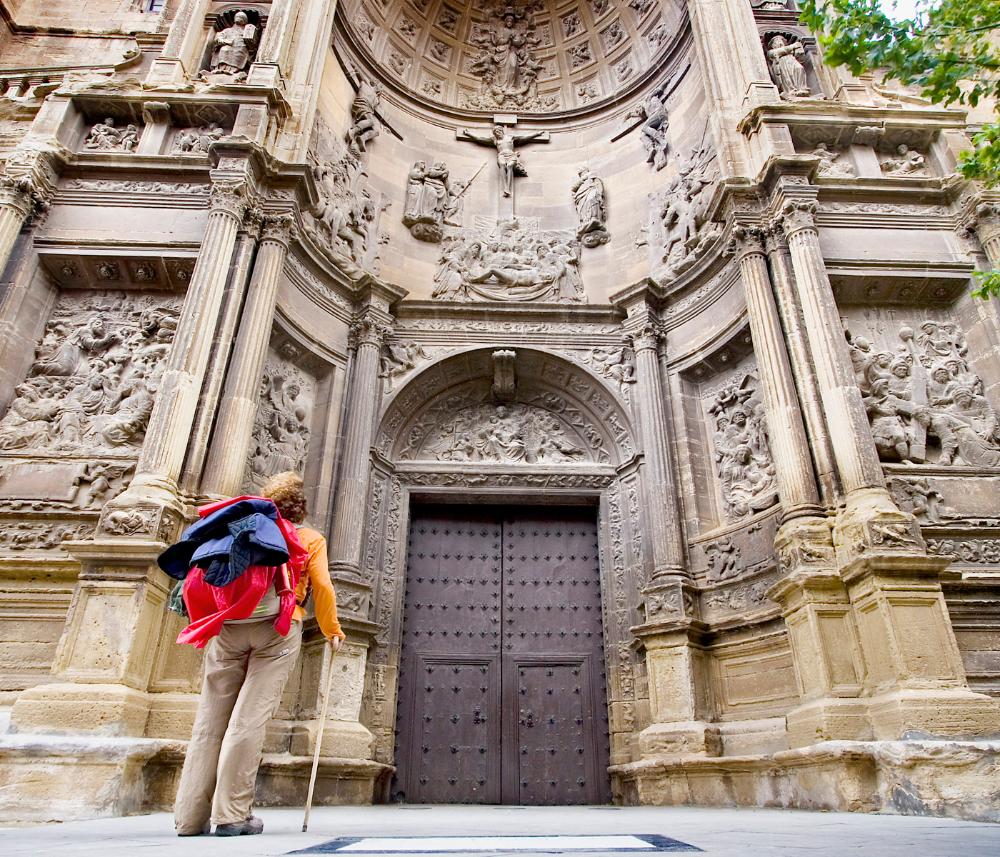
The Baztan route, an age-old road
Want to do the Way again, but don’t want to follow the same route? Or feel like doing just a part of the entire pilgrimage? Then try the Baztan route. Although this Way of St James route is not as popular as the French version, it’s one of the oldest paths in Navarre. It passes through the Baztan valley, considered one of the most idyllic Atlantic Pyrenean valley landscapes in Navarre. At the start of the route are the wonderful and magical Ikaburu Caves in Urdazubi/Urdax, where the lamias, beautiful mythological beings, half woman, half fish, lived.
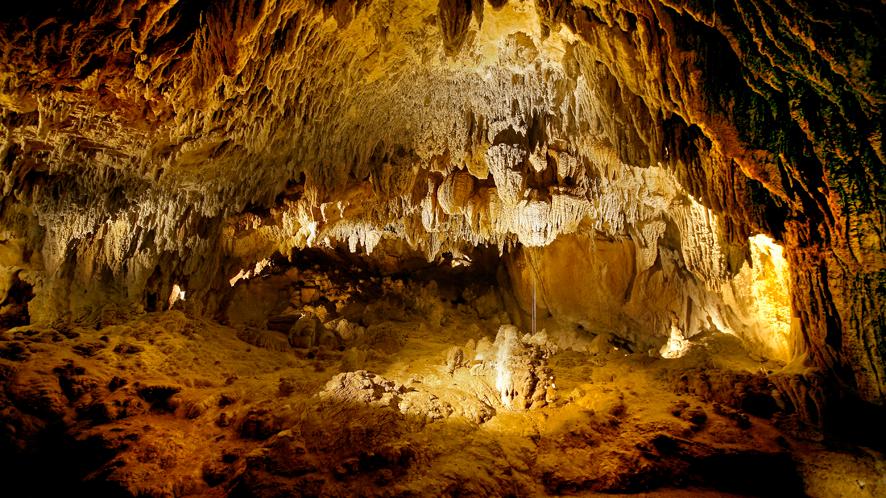
It then crosses the Pyrenees at the lowest point of all the routes which now go over the mountains: the Belate pass, where what remains of a Roman road can be found.
In the Middle Ages, this was a normal pilgrimage route and was the way often taken by armies, merchants and kings who needed to cross the border.
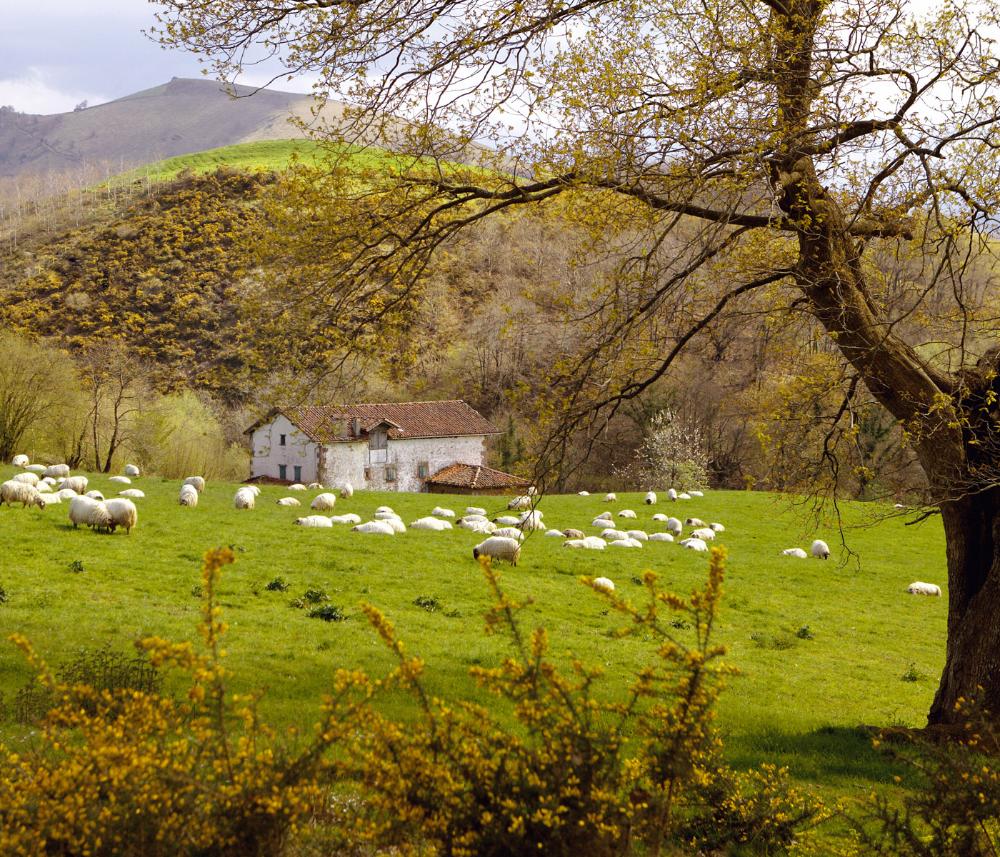
The Baztan route passes through such emblematic places as Amaiur/Maya, in whose castle the Navarrese made their last stand against the Spanish Conquest. It also passes through Elizondo, a town made famous by the novels of Dolores Redondo. There you can lean over Txokoto Bridge, one of the landmark locations in the gripping ‘Baztan Trilogy’, and admire the facades bedecked with flowers that line the Bidasoa river. It’s also a great idea to buy chocolate and cheese in the local shops to get your strength back.
The route advances through green landscapes dotted with farmhouses, many bearing an eguzkilore (dried silver thistle flower) on their doors as protection. And, following the course of the Ulzama river, you finally reach Trinidad de Arre, where you join the French route.
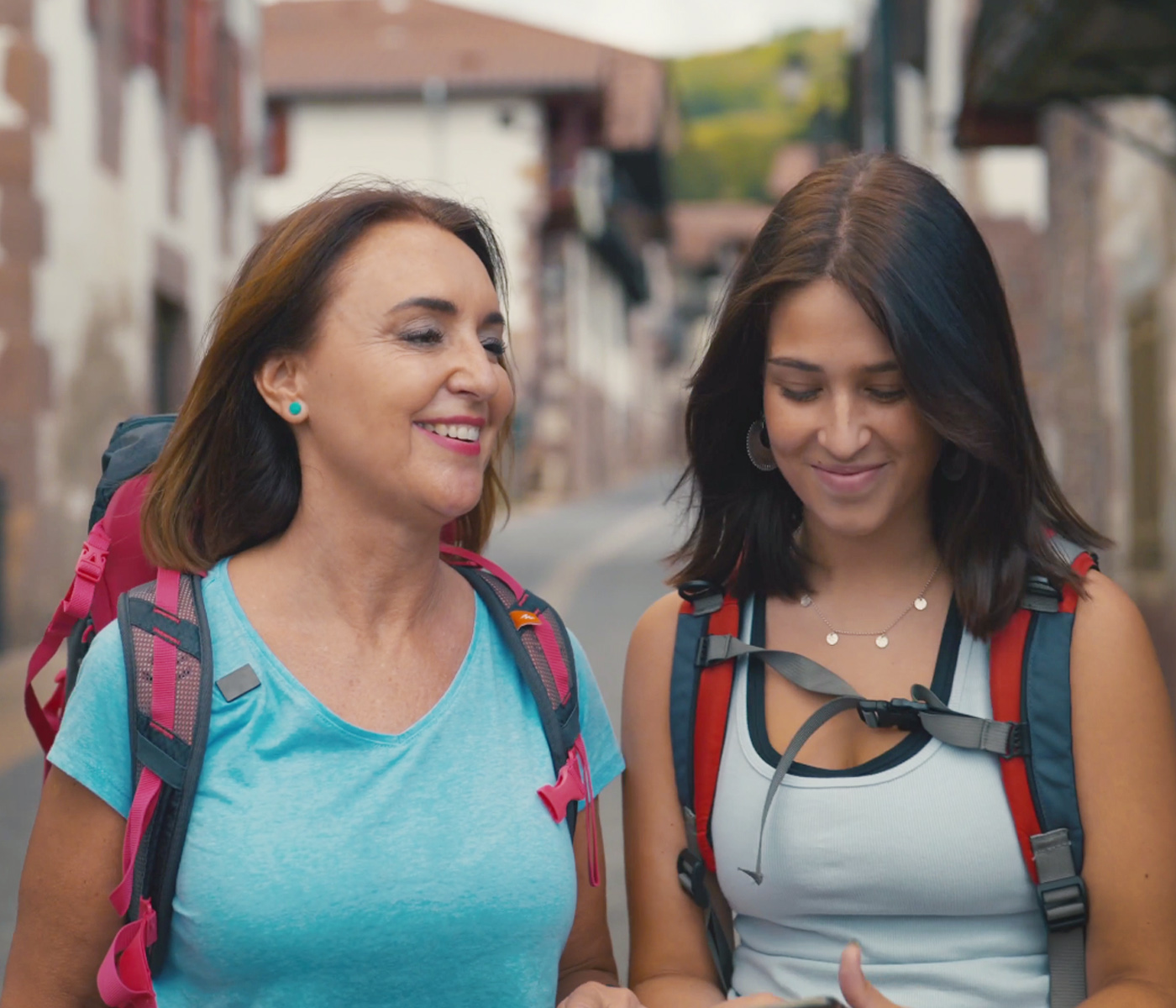
The Sakana route, an original path that fell into oblivion
This route from Irurtzun to Ziordia is ideal for those already acquainted with the other ways of getting to Santiago de Compostela. It used to follow a 1st-century Roman road which, after crossing the Pyrenees, reached Pamplona and then crossed Sakana on the way to Vitoria.
When Sancho Garcés III, known as Sancho the Great, established the so-called ‘French Way’ as the official route to Santiago de Compostela, the Sakana route, also known as ‘the Way of the Road’, became a secondary option before finally falling into disuse.
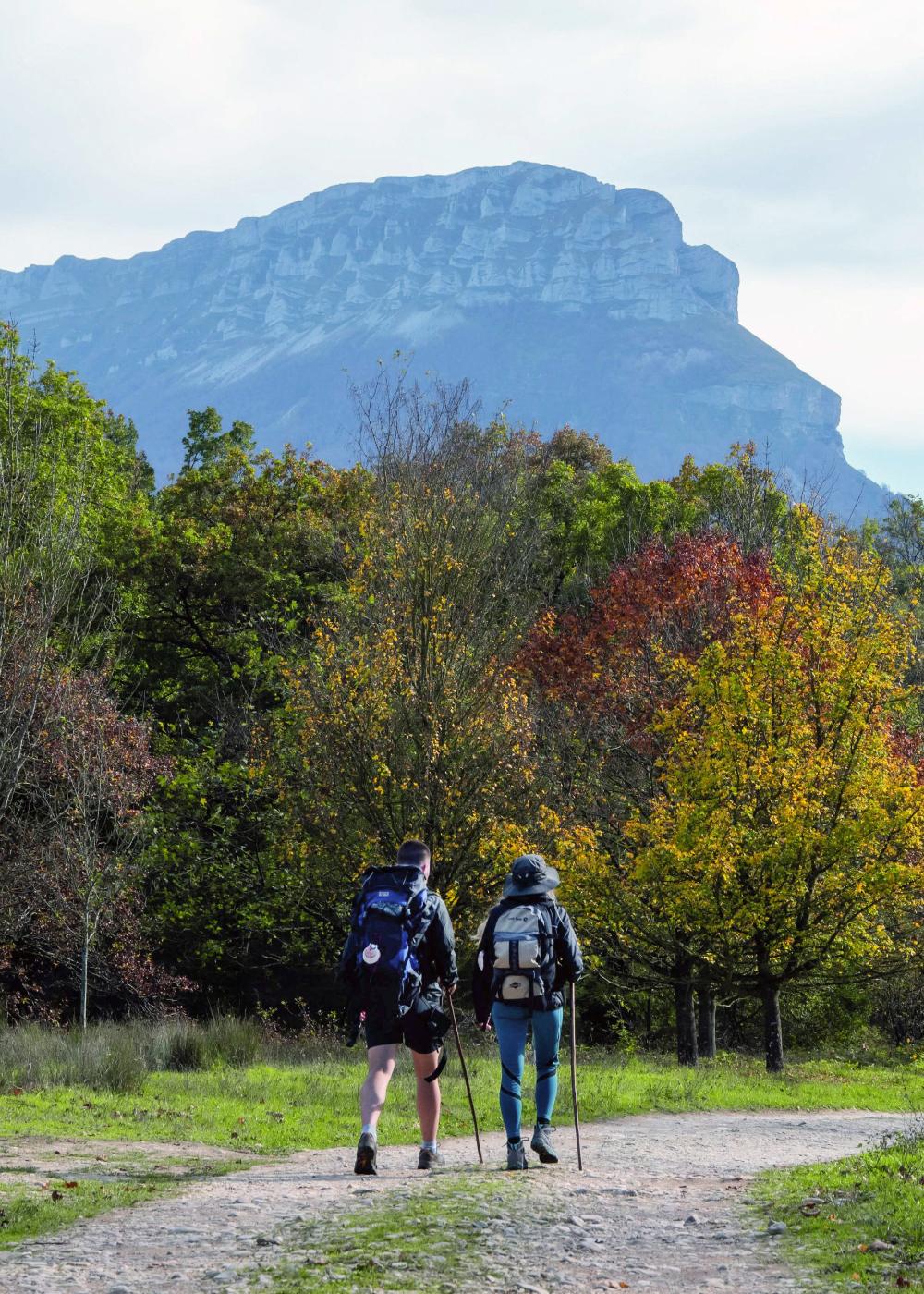
We can now enjoy the route through this beautiful valley once again. It’s well signposted and has all the services you need to spend the night, eat and journey.
Feel like going back to the origins of the Way of St James and covering 45 kilometres in two or three stages? You can organise your route to taste. The villages of the Sakana Valley are waiting to welcome you.
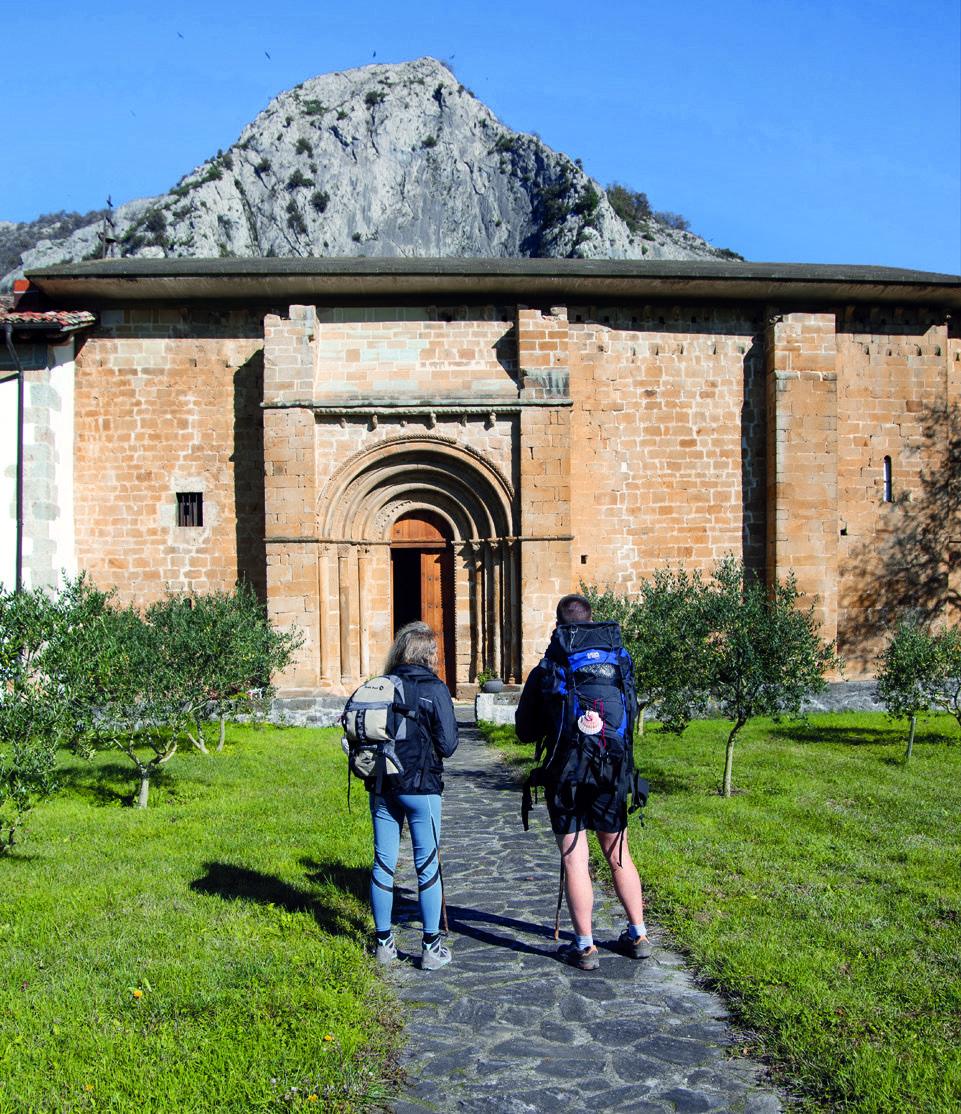
The Ebro route, ideal for cycling
This is a perfect option if clocking up kilometres on your bike is what you’re after. Those coming from the Mediterranean used to follow the course of the great Ebro river to cross Navarre along this path before joining the French route in Logroño. It enters Navarre in Cortes and passes through Tudela before heading towards Castejón.
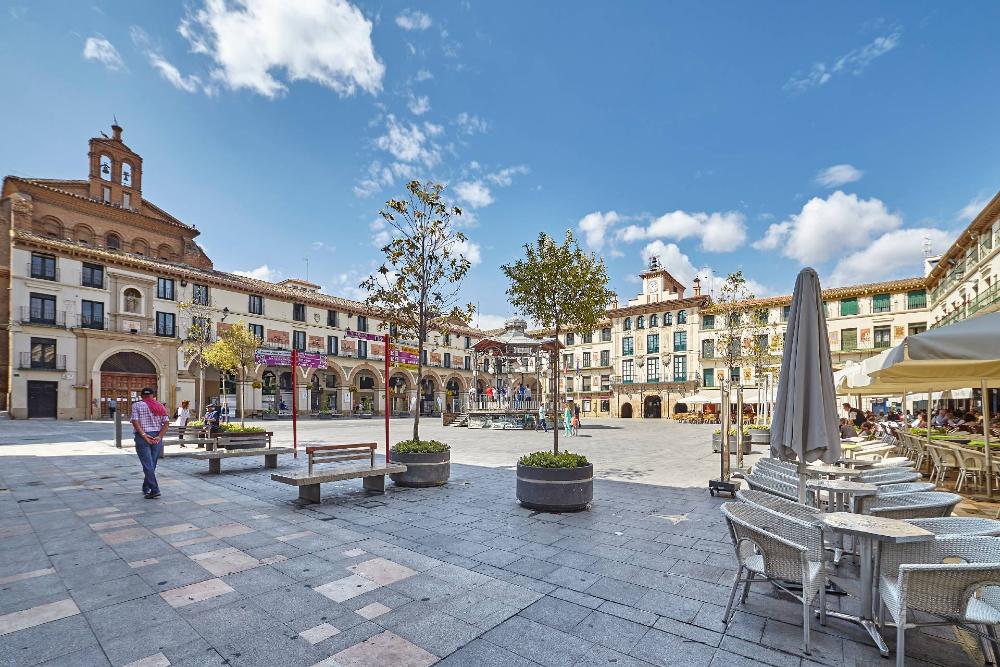
Don't miss Cortes castle and the cultural and gastronomic wealth of Tudela, the Vegetable capital. You can also tour the city’s historical centre and feel like you’re travelling back to mediaeval times, when people from the three great monotheistic religions all lived together in the city. Here, such an historical atmosphere commingles with the latest in urban art thanks to the international contemporary mural art show organised by the City of Tudela.
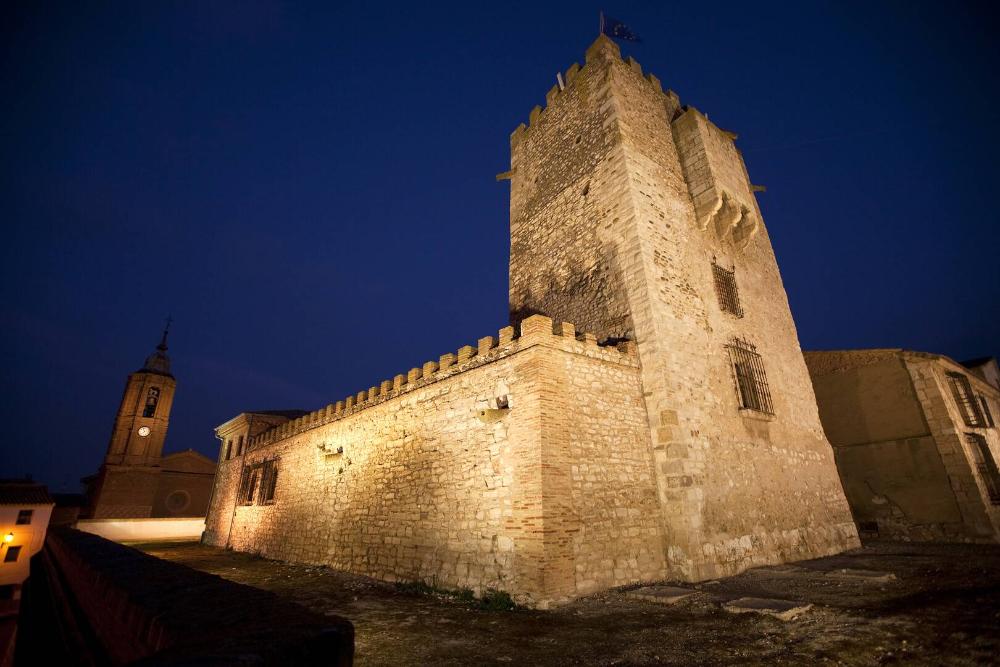
Whether you do it all or just stages, on foot or by bike... enjoy the Way. These 5 ideas give you the chance to experience it your own way. You can take up just one of them or why not all of them! Whatever the case, we wish you Buen Camino!


